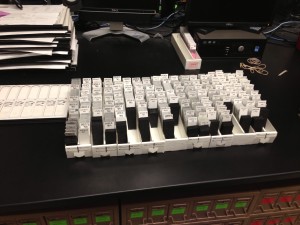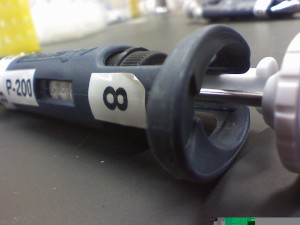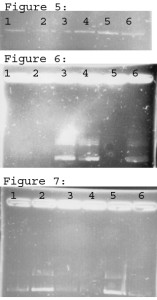Tissue embedding is a pretty simple task. Processed tissue is placed in a mold and paraffin is then drizzled on top of it. A plastic cassette is then placed on top of the mold and it’s set on a cold plate to cool. This creates the formalin fixed paraffin embedded (FFPE) block. These are the common standard used in all of histology. If a portion of tissue is too large for biggest mold, gross dissection of the sample is required.
This was one of my tasks when I would come into the lab on the weekend to gross the saturday samples. Sometimes we would receive samples that were already tissue processed, but received in a very large cassette, or stuffed with too much tissue for the mold they used. In this case, the FFPE block would be melted down and the tissue sectioned so it fit into one of our molds.
When performing microtomy, sometimes the tissue would pop out of the block, crack, have bad paraffin quality, or any number of things that inhibited cutting. The block would then be re-embedded using our embedding station, logged, and then sectioned with better results. This was also necessary if the tissue was on an odd plane, or one portion of the tissue was embedded further into the paraffin than the section that is hitting the microtome blade.

When I was making Tissue Micro Arrays (TMA), I would make 100 blocks at a time using this station. It was quite tedious, and getting the paraffin to properly fill the back of the plastic cassette was hard. It is necessary to get enough paraffin the back to avoid over punching the block or having the paraffin break off while performing microtomy.







 Initial concentration or molarity.
Initial concentration or molarity. Initial volume.
Initial volume. Final concentration or molarity.
Final concentration or molarity. Final volume
Final volume